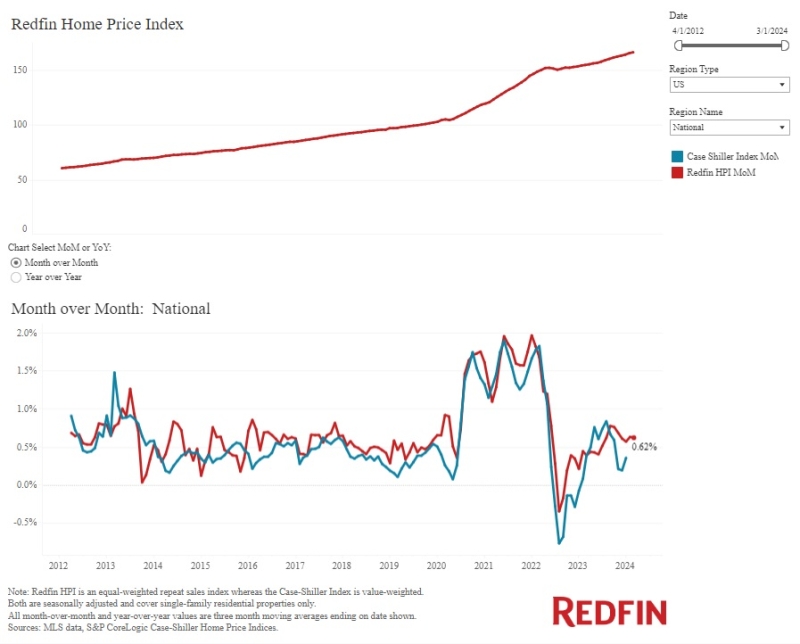Advertisement
Home Sales Picking Up Momentum During Summer Months

Home sales nationwide picked up momentum entering the summer months, according to the latest FNC Residential Price Index (RPI) released this week. The latest numbers—as of May—indicate U.S. home prices are rising at a faster pace. Constructed to gauge the price movement among normal home sales by excluding distressed properties, the index rose 1.0 percent from April to May. On a year-over-year basis, the rate of home price appreciation across the nation slowed by 1.0-2.0 percent when compared to the first quarter.
As of June, foreclosure sales have dropped to their lowest levels since November 2007. Of total existing home sales, about 11.7 percent are final sales of foreclosed homes, down from 12.5 percent in May and 13.9 percent a year ago. The for-sale markets are leading with signs of continued improvement in liquidity. June’s asking price discount was 2.0 percent on average, down from 2.2 percent in May. Median time-on-market dropped quickly from 102 days in May to 91 days in June.
FNC’s RPI is the mortgage industry’s first hedonic price index built on a comprehensive database that blends public records of residential sales prices with real-time appraisals of property and neighborhood attributes. As a gauge of underlying home values, the RPI excludes final sales of REO and foreclosed homes, which are frequently sold with large price discounts, likely reflecting poor property conditions.
Based on recorded sales of non-distressed properties (existing and new homes) in the 100 largest metropolitan areas, the FNC national composite index shows that May home prices jumped at a seasonally unadjusted rate of 1.0 percent after relatively weak gains during the first quarter. The two narrower indices (30- and 10-MSA composites) show even larger price improvement in the nation’s top housing markets, up 1.2 percent and 1.6 percent respectively. On an annual basis, the indices’ year-over-year growth continues to decelerate after reaching a peak in February.
The chart below shows the latest price trends of each MSA in the FNC 30-MSA Composite. The majority of the component markets show sizable month-to-month price gain, led by New York (2.9 percent), Washington, D.C. (2.5 percent), and Miami, Riverside-CA, and Sacramento at 2.0 percent each. The price declines recorded in Dallas and Nashville are likely a result of short-term volatility in the data as there are no obvious signs of weakening housing fundamentals in those cities. Cleveland, Cincinnati, Columbus, and St. Louis home prices have not shown any measurable improvements since housing began to recover in the past two and half years. Meanwhile, annual price accelerations continue to moderate and the January 2012-to-date numbers continue to show a widening gap in the state of housing recovery nationwide.
About the author





